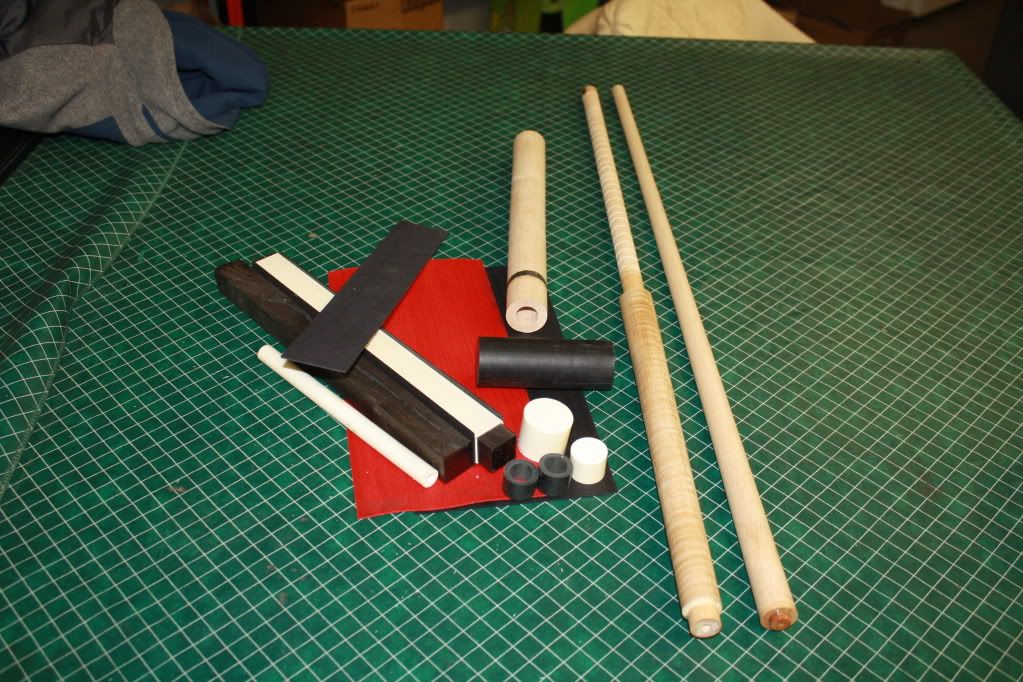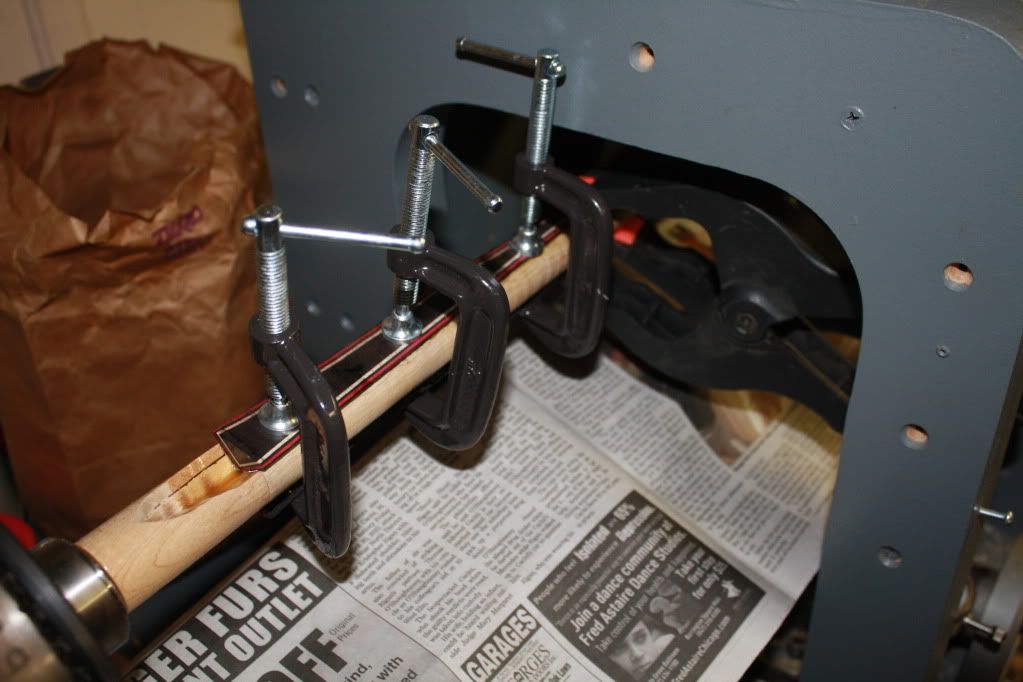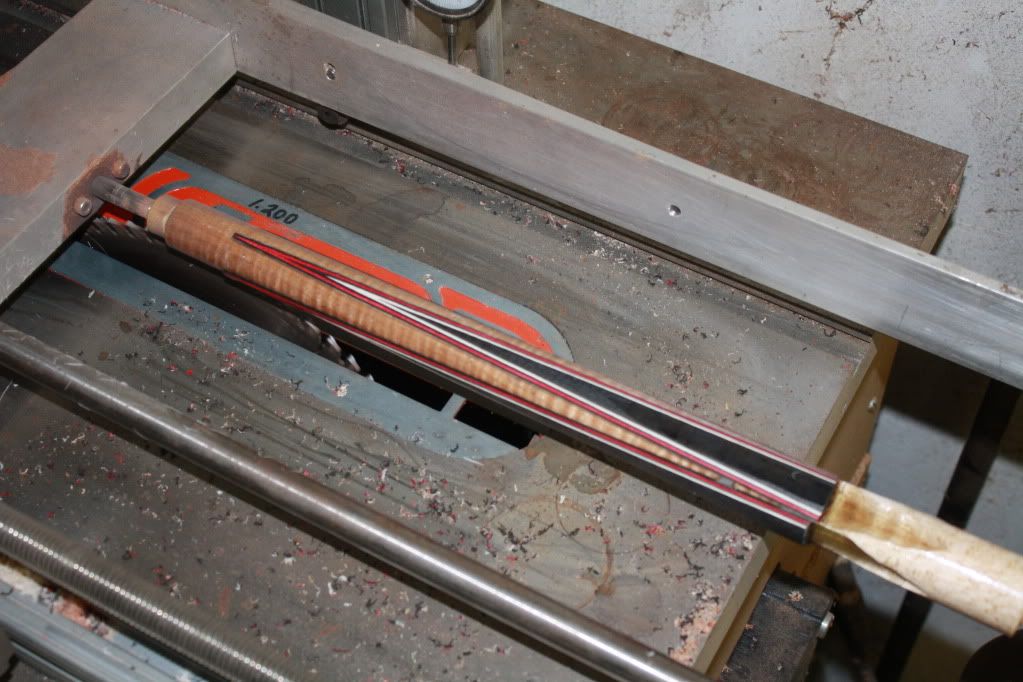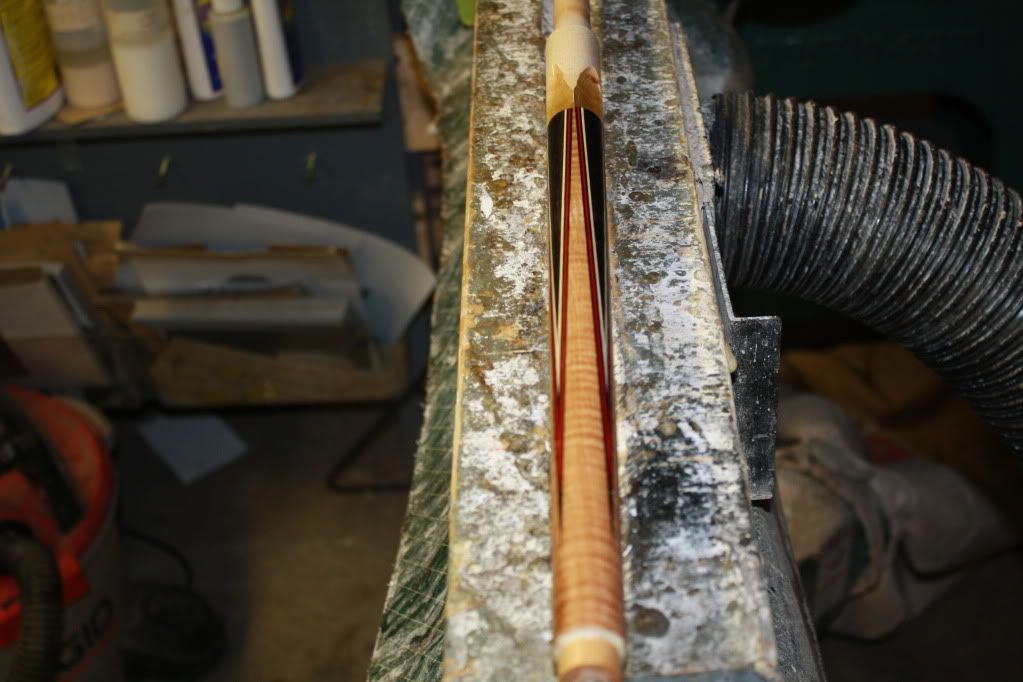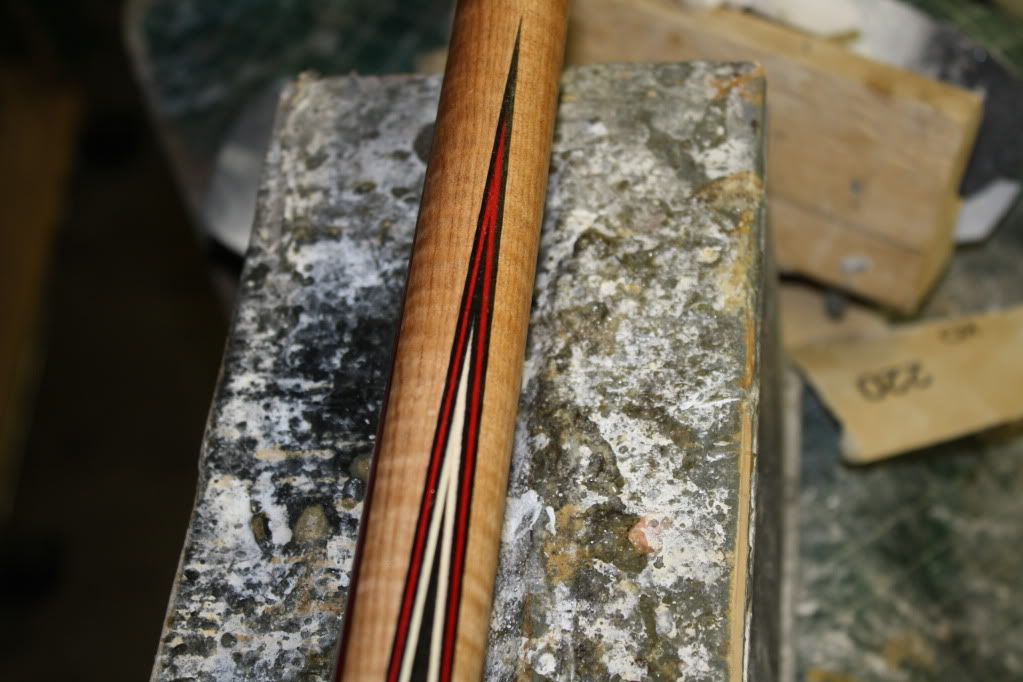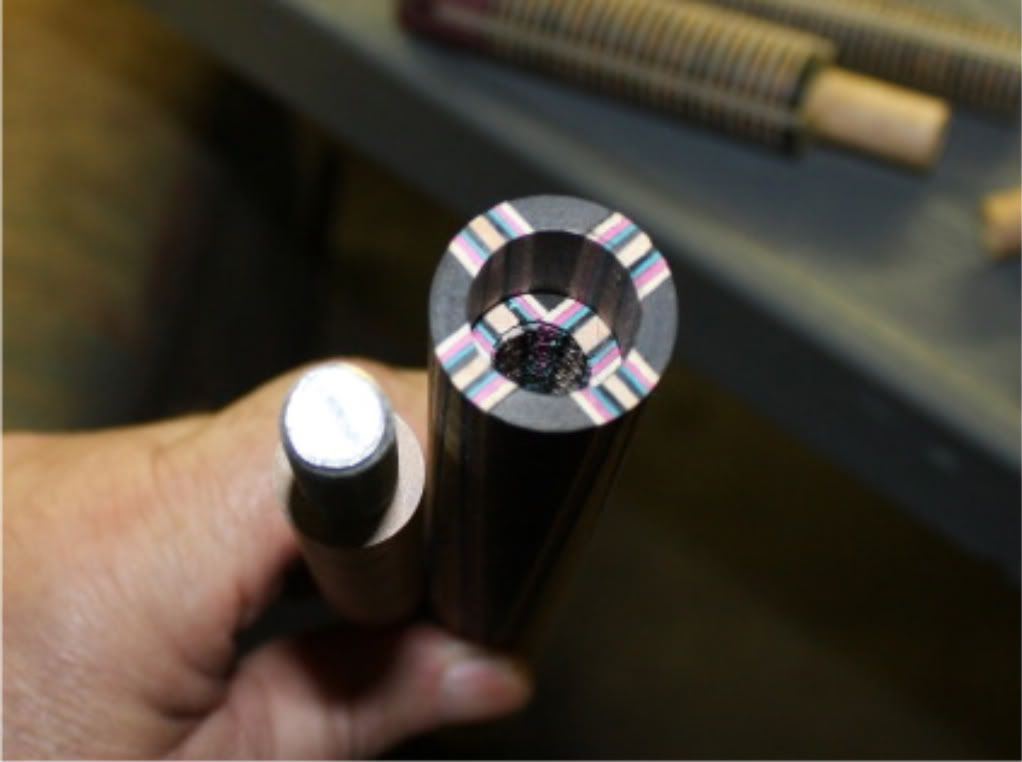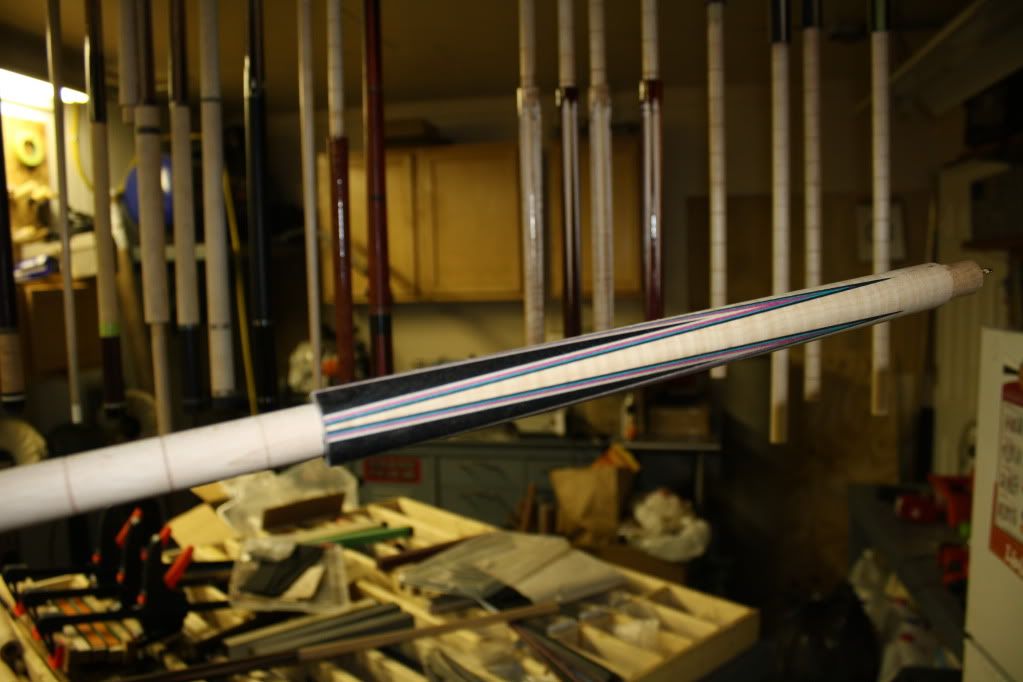Hi,
At this point the solution is a tough one because the cue is at final dimension. Fixing that cue means changing the dimensional geometry at least a little. A very difficult place for both CM and player. The best solution is prevention of the warp in the first place. Below, is described what I feel helps in that area and my experience, for what that's worth::duck:
About 6 years ago one of my first 50 beta test A-Joint cues went out from forearm wood movement. I built a new cue and that was it. It was my 2nd warped cue. From that day on I changed to full coring my cues which I had been beta testing for over a year.
Today not one out of the 80+ cored cues I have built has had a problem after they arrived in the field in the player guardianship. If one on my cored cues comes up lame with no signs of abuse today, I would gladly build a new cue to protect my brand.
Customers must come first 100% of the time. There are too many horror stories out there knocking CMs ability to stand behind their work. No need for that. Even if you are 100% right, bad mouthing can't help anyone.
Quite frankly today knowing what I know now, I would quit cue making if my handle and forearm were joined via an A- Joint again and not on a 29" dowel because I don't like to work for free and I could never refuse to stand behind a cue I build. If the forearm or the handle wood moves, the honeymoon is over.
I built my last A-Joint cue 3 years ago because the customer requested it but guess what, "I got it in writing that it was not guaranteed for no warp. I sleep very good at night and if that cue came back to be I would honor my contract and tell him that I build full cored cue and he got what he requested. After 3 years I think I am safe and will not have that conversation.
Also I don't get involved with to many woods that are problematic as far as movement goes and pretty much stick to about 8 to 10 woods only. Except for a few types of wood, I buy my wood kiln dried and let them acclimate in my shop only a minimum of a few weeks before coring and turning and I never have to go through the hassle of taking turns over time. Everything is turned on the core.
Points are installed after the forearm is on the dowel after the centers and taper are established. They stay real even this way which is also a big plus as I see it.
I know many CMs that have aged a lot of wood and have a process for building fine cues with A-Joints and I respect that. I am not saying it is a bad way to do it. That would be stupid. I am saying that full coring from my seat gives me the peace of mind after a sale and I love the quite hit produced by the maple core which defines the hit of my cue.
JMHO,
Rick
Here is a cue being built at this time in my shop. The forearm was tapered between centers on a straight seasoned 3/4" maple dowel.
V grooves milled while the dowel is being held within the 5C indexer as the headstock.
Milling gaps filled with epoxy for stability during milling
Because everything is cut between centers or the collet chuck, the point start even and stay even until final turn dimension. This cue was just turned down from .940 to .900 and all points ( low, high and intermediate ) did not move because the tapering was done on the dowel between established centers from the get go. The points on this cue will stay even to final with out any shimming or re centering. Even the slightest variation of concentricity during joining will tend to make points move on an A Joint cue
I did not change to full coring because my a-joints were not dead on. I did so because they were dead on and I just don't like trusting wood in a cue without and stable skeleton structure anchored with polyurethane expanding glue. Last A-Joint Cue I made at customer's request and no guarntee!
